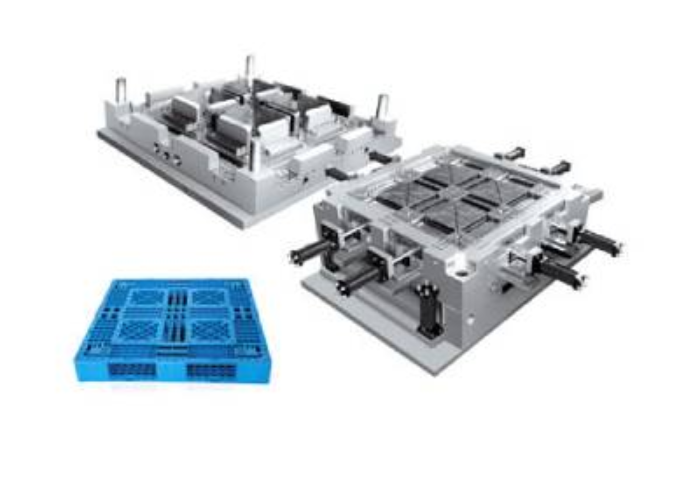Роля кантролю якасці ў другаснай апрацоўцы формы
Quality control is an essential aspect of any manufacturing process, including mold secondary processing. Secondary processing refers to the various post-processing steps that are taken after the initial molding process. These steps can include finishing, trimming, polishing, painting, and more. Each of these steps has the potential to introduce defects or flaws that can compromise the quality of the finished product.

In order to ensure that the finished product meets the required quality standards, it is essential to implement a robust quality control process. This involves both inspection and testing at various stages of the secondary processing. Here are some key aspects of quality control in mold secondary processing:
Inspection of Raw Materials: The quality control process begins with the inspection of the raw materials used in the secondary processing. This can include examining the materials for defects or inconsistencies, verifying their dimensions and tolerances, and ensuring that they meet the required specifications.

Inspection During Secondary Processing: During the secondary processing, it is important to inspect the parts at various stages to detect any defects or issues that may have arisen. This can include visual inspection, measurement, and testing to ensure that the parts meet the required quality standards.
Testing of Finished Products: Once the secondary processing is complete, the finished products are tested to ensure that they meet the required specifications. This can include testing for strength, durability, and other performance metrics.
Documentation and Record-Keeping: It is important to document all aspects of the quality control process, including the inspection and testing results, as well as any corrective actions taken. This documentation can be used to track trends and identify areas for improvement.
Implementing a robust quality control process can help to ensure that the finished products meet the required quality standards and are free from defects. This can help to reduce the risk of product recalls, improve customer satisfaction, and ultimately, increase profitability. It is important to work with a mold secondary processing supplier that has a proven track record of implementing effective quality control processes to ensure that your products meet the required quality standards.
Папярэдняя:Як забяспечыць кантроль якасці фармавання пластмасавых дэталяў
далей: Як кітайская прамысловасць высакаякаснай формы задавальняе патрэбы рынку, які хутка развіваецца
-
верхнія вялікія пластыкавыя формы - лепшы спосаб вырабляць якасную прадукцыю
2022-11-3
Вялікія пластыкавыя формы - выдатны спосаб вырабляць якасную прадукцыю. Яны часта выкарыстоўваюцца ў масавых вытворчасцях, і каля...
Паглядзець дэталі -
Designing the Perfect Plastic Crate Mould: A Comprehensive Guide
2023-9-20
Introduction Plastic crates have become an essential tool in various industries, including logistics, agriculture, and r...
Паглядзець дэталі -
Mold Design price: The Key to Efficient and Precise Manufacturing
2023-5-21
Mold design is an essential process that plays a crucial role in the manufacturing industry. It involves creating a blue...
Паглядзець дэталі -
How can plastic injection molds efficiently produce plastic products?
2024-10-23
Plastic injection molds are specialized tools used in plastic injection molding processes. Through special design and ma...
Паглядзець дэталі -
Стварэнне вялікіх пластыкавых формаў для эфектыўнай вытворчасці
2023-4-17
In today's manufacturing industry, large plastic molds are essential tools for producing a wide range of products. From ...
Паглядзець дэталі -
Precision Molds: Achieving Perfection in Manufacturing
2023-7-13
Precision molds play a crucial role in the manufacturing industry. They are utilized in various sectors, including autom...
Паглядзець дэталі







